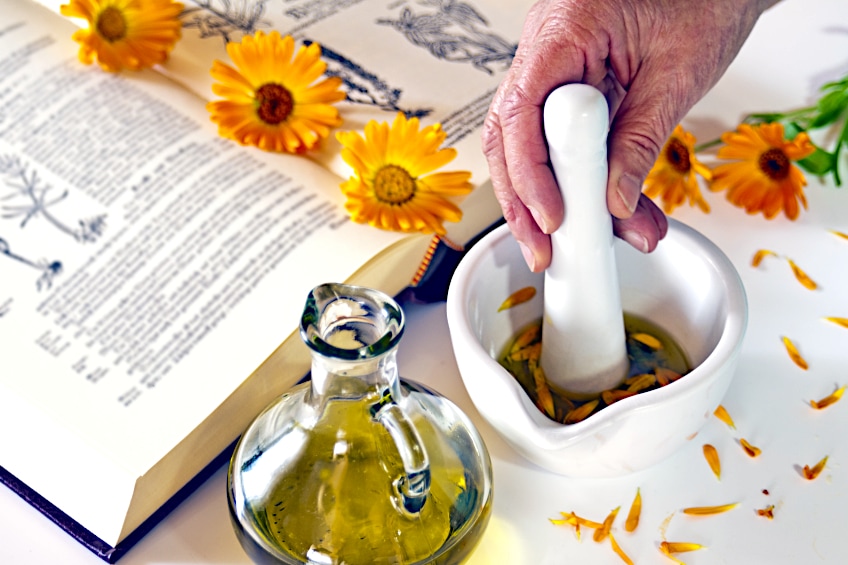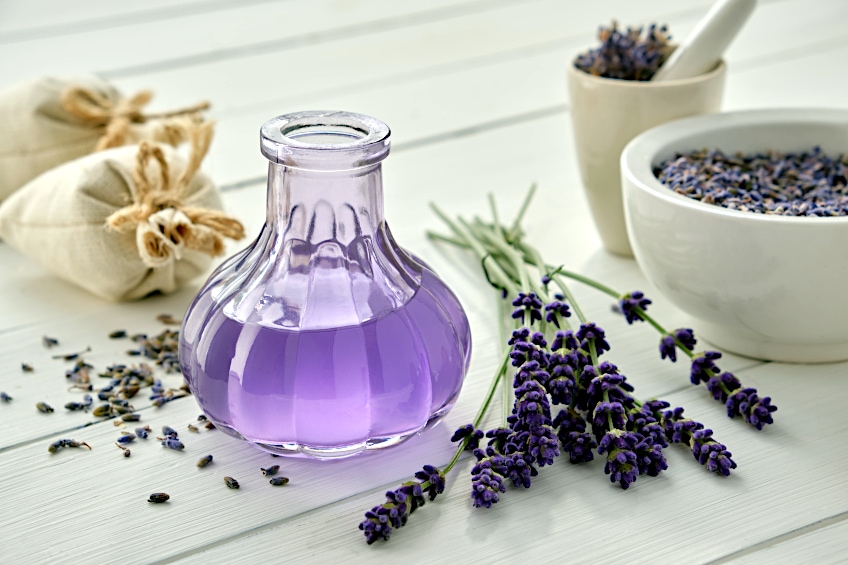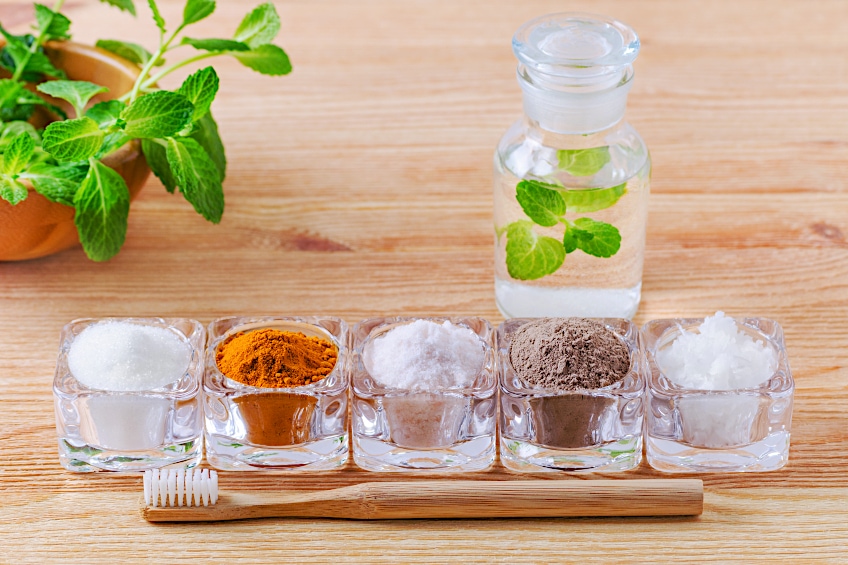Would you like to learn how to make calendula oil? Making calendula oil is actually rather easy, and it has many benefits and can be used in a variety of useful ways. All that you require to make your own calendula oil infusion is some calendula flowers and carrier oil of your choice. Read further to learn how to make homemade calendula oil, as we explore how to harvest calendula, as well as share our favorite calendula oil recipes.
How to Make Calendula Oil
There are several ways to make homemade calendula oil infusions that you can choose from. The calendula flower has been used for centuries by traditional healers both internally and externally to assist with relief from various ailments. The flower is not only particularly pleasing to the eye but is also considered an herb and offers an abundance of healing properties.
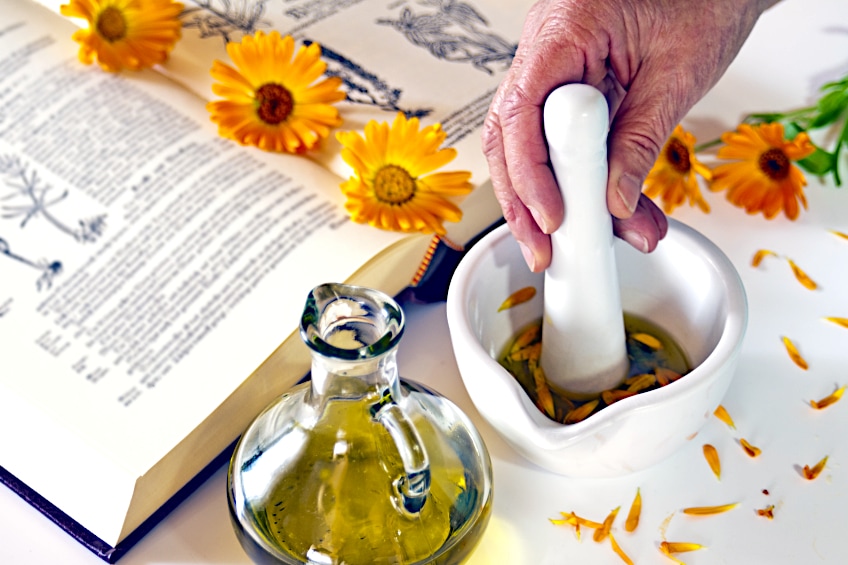
The Benefits of Homemade Calendula Oil
Throughout history, calendula oil infusions have been used to treat various skin conditions, assist in healing infections, and help support the immune system. It is also said to repair damaged cells and act as an anti-inflammatory, antiseptic, and aunty-fungal agent. Many natural remedies require careful consideration regarding the quantities applied.
Still, calendula oil infusions are renowned for working with the body gently, and therefore, there is no chance of overdoing it.
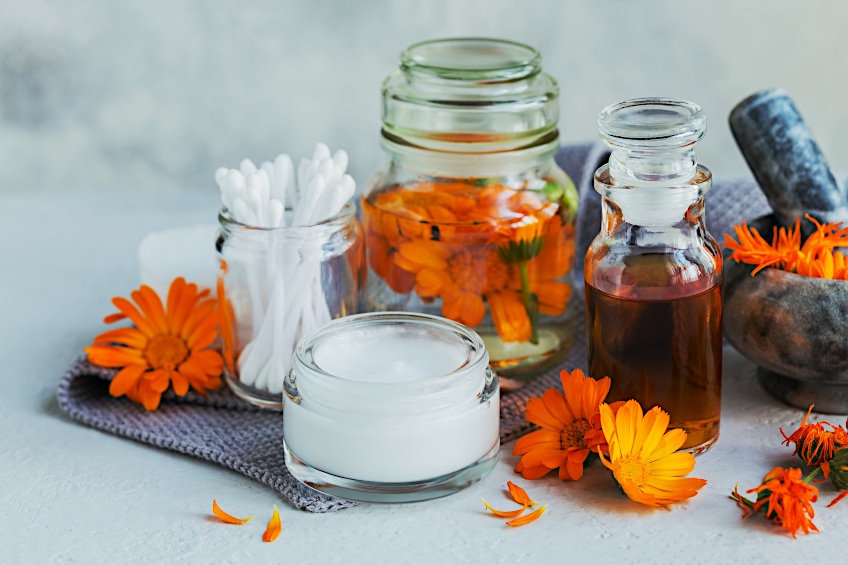
The next time you go grocery shopping, just take a look at the list of ingredients of many skin care products and you will see that calendula oil features in many of them.
This is because calendula oil infusions are known to work very well topically for a range of skin conditions, such as acne and excessively oily skin.
There are many other practical uses for it though, such as assisting in the relief of ailments such as eczema, cold sores, acne, stings, burns, and sunburn. This healing oil can also be applied after shaving or to soothe baby rashes. Cosmetically, it has been found to be beneficial in the reduction of the appearance of varicose veins.
What Is in a Calendula Oil Infusion?
Most calendula oil recipes only require a couple of ingredients, which are calendula flowers, and a carrier oil such as jojoba or olive oil. You can either use the petals or the entire head of the flower, as long as they are completely dry. The calendula flowers are then added to the oil and left to seep for a few weeks, and during this process, all of the calendula flower’s active resins get absorbed by the oil.

Once completed, your homemade calendula oil can be added with other ingredients to make ointments or creams, or it can be used all on its own. Some methods will result in a cream that is great for the skin but cannot be digested, others are perfectly fine to use internally – it comes down to the carrier oil you mix it with, so always match the correct oil with its intended application.
Making homemade calendula oil has many benefits, such as the amount you can make with relatively affordable ingredients compared to the little amount you get at a store for the same price.
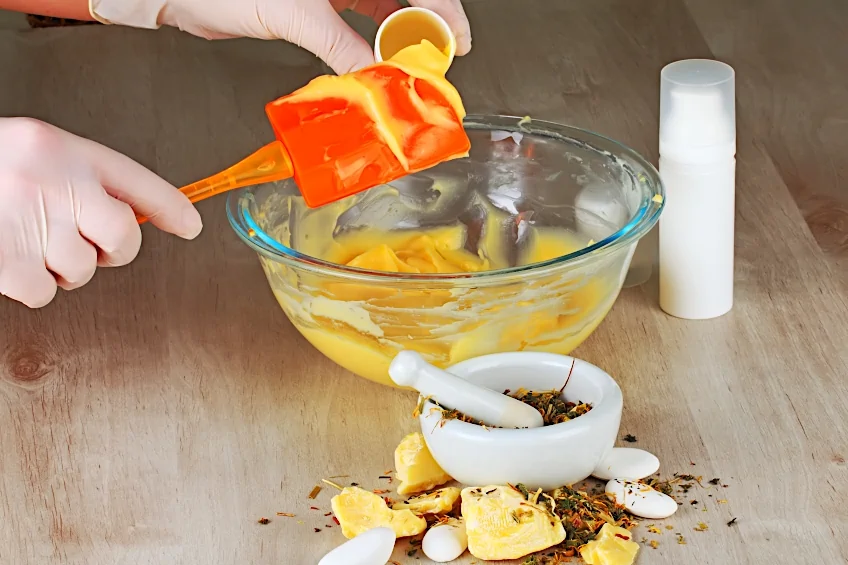
Which Oil to Choose for Your Calendula Oil Infusion
It all comes down to using the right oil for the right job. Calendula oil can be great for use on your skin, even if adding oil to your face might seem counterproductive – certain oils actually help balance sebum production, whereas excessively dry skin can create unwanted breakouts.
Certain oils will clog your pores though, so it is certainly helpful to be able to differentiate between the two.
Other oils such as olive or avocado oils are great for making calendula oil that is edible and perfect for adding to healthy salads. Here is a list of carrier oils that you can consider using in your calendula oil infusions.

Grapeseed Oil
This oil is perfect for skin conditions such as acne as it is gentle and does not block pores at all. It works specifically well with oily skin as it does not add any excess moisture to the skin. It is also edible, but should not be used for recipes that require high temperatures, but rather only used cold or at room temperature.
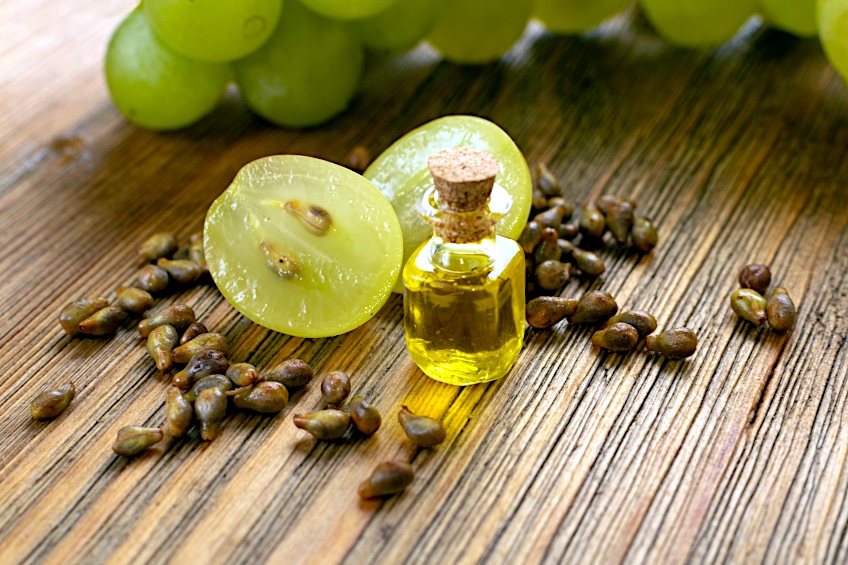
Jojoba Oil
Jojoba contains oils that are similar to those found in human skin, therefore it is perfect to put on your face. If you have oily skin then this is a great choice as it can break down excess sebum and reduce its production. Some people will initially experience a breakout when they use jojoba, but this is because it works fast to unclog pores and remove all the impurities buried beneath the surface, resulting in a purge at first.
It also promotes healing and has a long shelf life, as it can be used for up to five years.
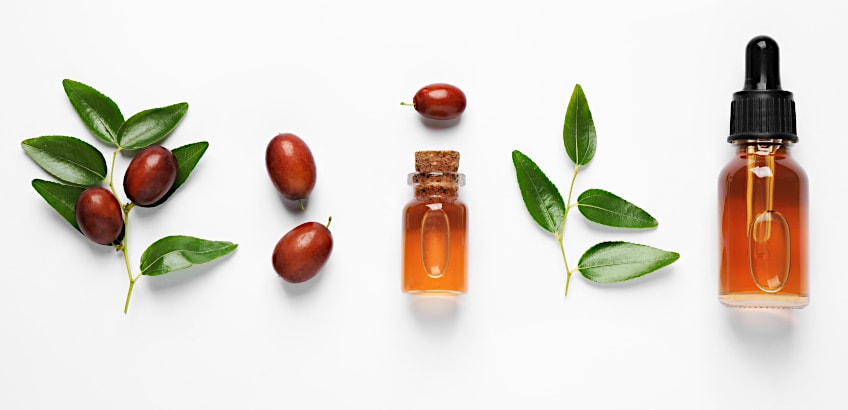
Sweet Almond Oil
This oil is suitable for baby skin or dry skin as it has strong moisturizing properties. It can be used to treat eczema, dryness, inflammation, scars, and acne. Sweet almond oil is also useful for treating dark spots or skin that is uneven in tone. It can be digested internally and is best consumed raw if you want to gain all the nutritional value.
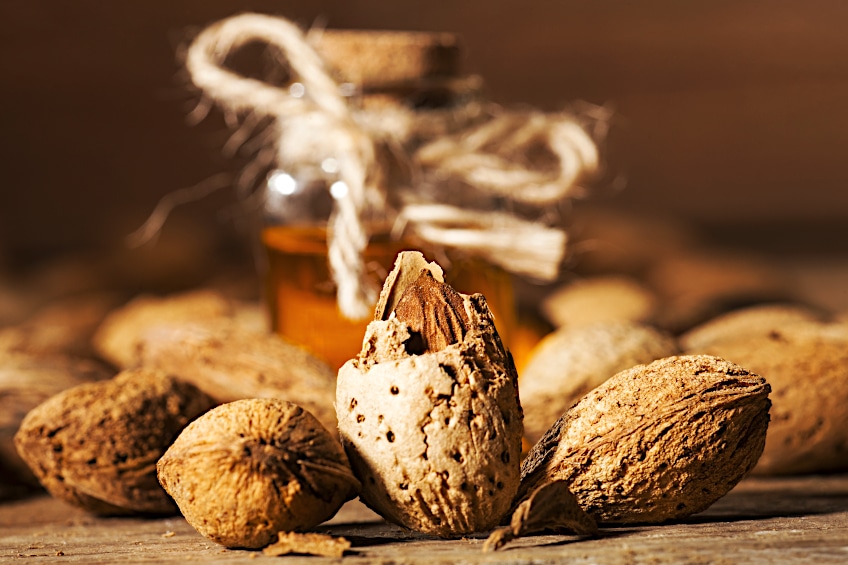
Rosehip Seed Oil
This oil is packed with vitamins A and E, as well as essential fatty acids that all promote the regeneration of cells. This means that it can be used for fine facial lines, scars, and patches of discolored skin.
It can keep for up to six months and should never be consumed.
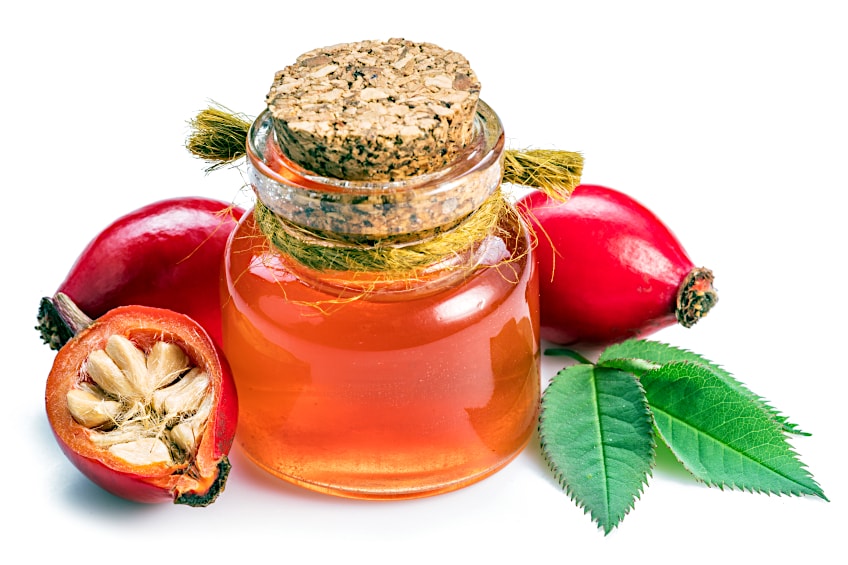
Extra Virgin Olive Oil
This oil is considered to be very nourishing and moisturizing for the skin. This oil can, however, be used in many other ways as it is also edible. There are also compounds in this oil that are said to protect the skin against free radical damage and even slow down aging in the skin.
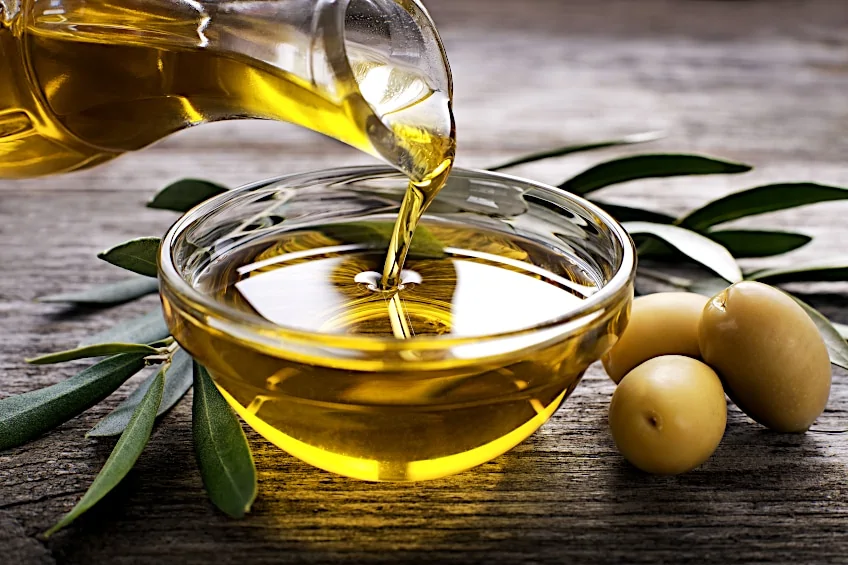
Avocado Oil
Despite this oil being rather oily and thick, it is great at providing your skin with deep moisture. It can soften your skin as well as reduce inflammation and scarring.
Avacado oil is among the edible oils on this list.
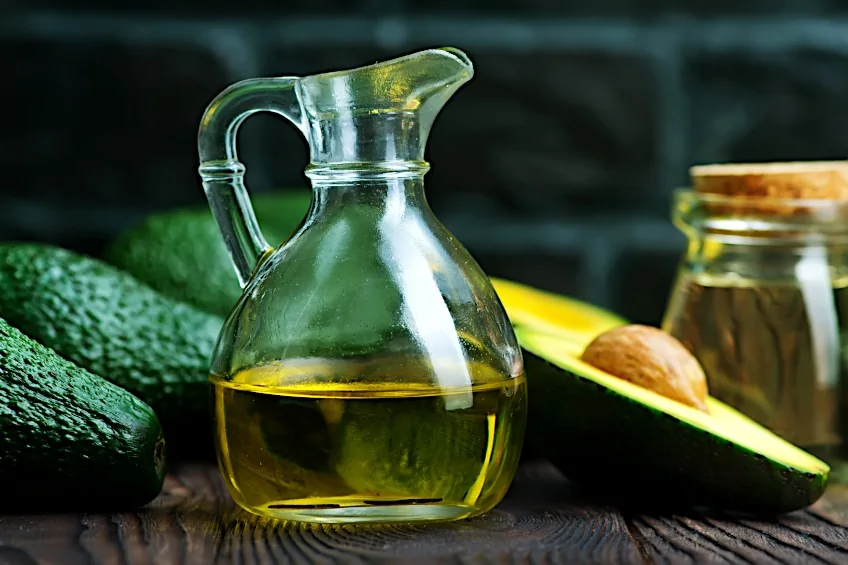
Coconut Oil
Coconut oil is great for many things, such as moisturizing dry hair. However, it should not be used on your face as it is very thick and does not absorb well. It can be used on your body though, as well as your hands. Coconut oil is also digestible, so can be used in calendula oil recipes too.
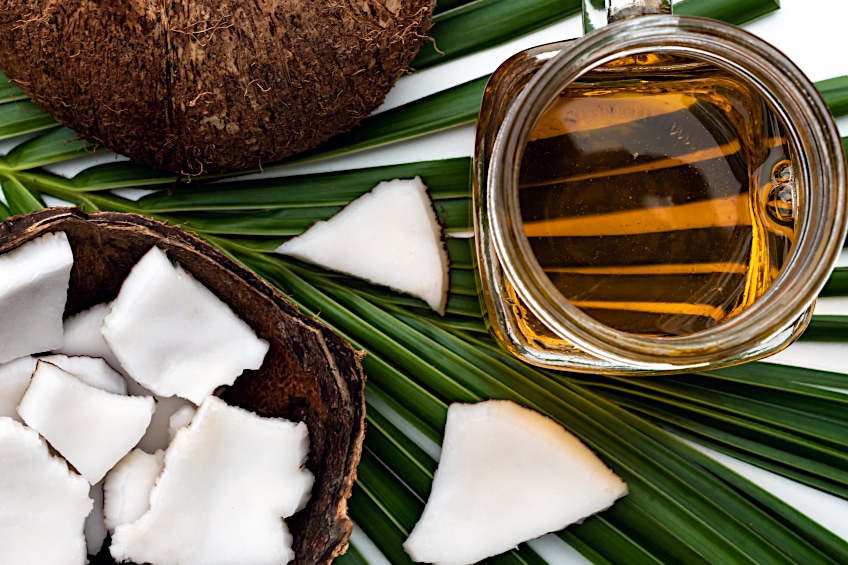
Hemp Seed Oil
Hempseed oil is said to be the perfect oil for skin use as it absorbs very well. This is because it shares a very close amino and fat profile with the oils that are naturally present in our skin. It can be applied to any type of skin, aids in inflammation, acne, and fine line reduction, and can also be eaten.
It is therefore perfect to add to your calendula oil recipes too!
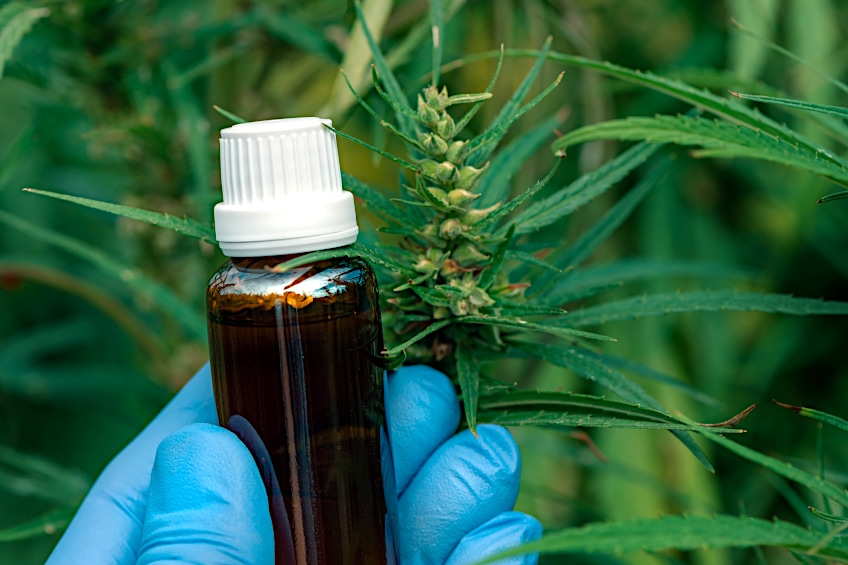
Argon Oil
Argon oil is another great choice for your face due to it being so easily absorbed by the skin. It is also an oil regularly used as an ingredient in hair and beard products in barber shops and salons. Argon oil is often used to help reduce excess sebum oil production, lighten stretch marks, and prevent skin damage from excessive exposure to the sun.
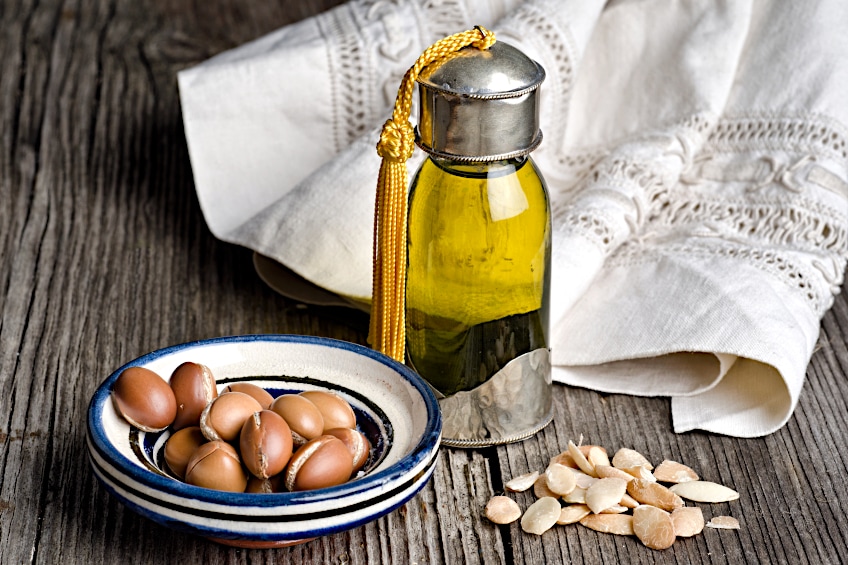
Safflower Oil
This oil is a good all-rounder for skin, great for most skin types, whether oily or dry. It helps heal and moisturize the skin gently without clogging your pores.
The safflower belongs to the ragweed family and should be avoided by people who suffer from allergies to this species.
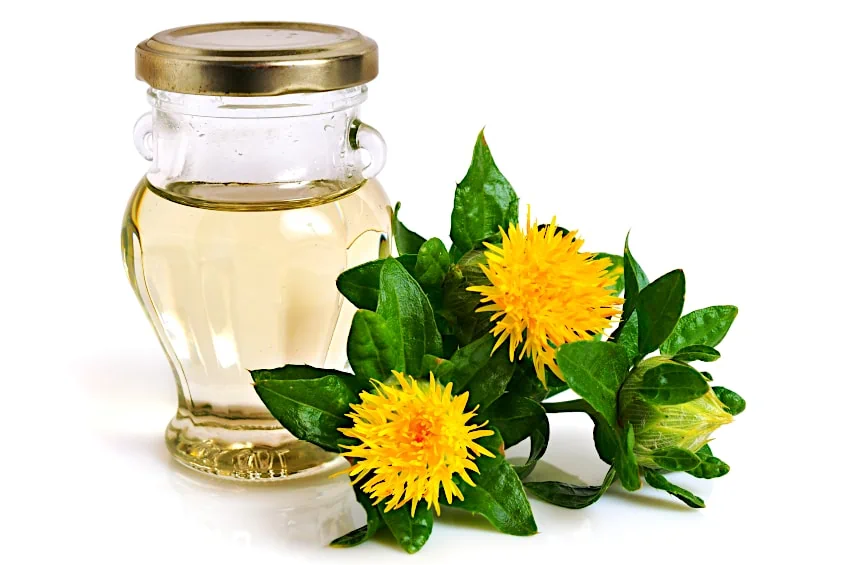
Sunflower Seed Oil
This oil is quite similar to safflower oil but contains even higher levels of vitamin E. This makes it perfect for fighting free radicals and reducing skin damage. Sunflower is also edible and therefore can also be added to your calendula oil recipes.
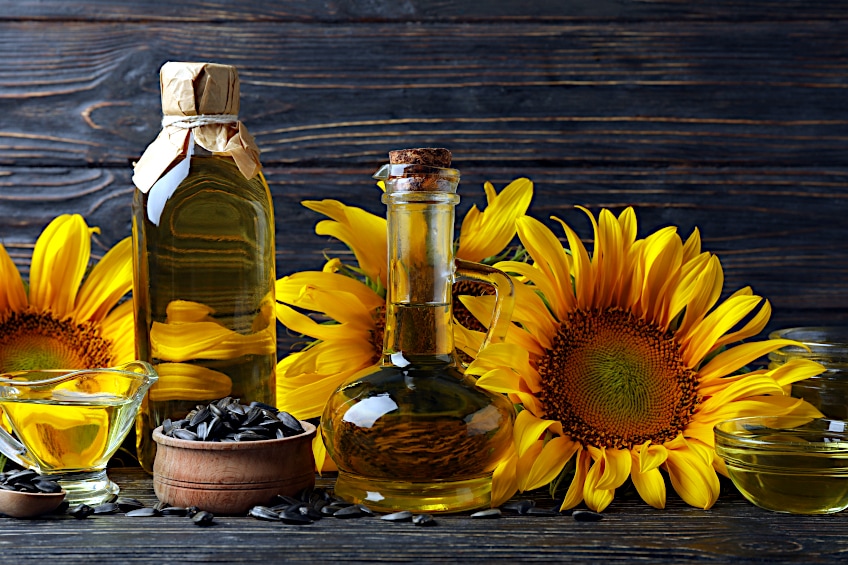
Growing and Harvesting Calendula
You can easily grow your own calendula plants at home as they thrive in both warm and cold climates. They also seem to do well in many different types of soil. Despite being hardy little plants, they do prefer to grow in direct sunlight, yet some afternoon shade won’t hurt in areas where it is particularly dry and hot. Water should be provided moderately as they do not like to be over-watered.
You should space your plants out with enough room, allowing them to get proper airflow, especially if you wish to avoid powdery mildew.

The ideal time to harvest the flower is mid-morning when they have just opened yet are no longer damp from the dew. However, this is not the only time you can do so, and if your schedule does not allow for a mid-morning harvest then simply do so when you are able. Cut off the flower where it is joined to the stem and remove any seeds if you are planning on using the flower for edible homemade calendula oil. You can keep the green part of the flower that connects to the stem as it contains much of the flower’s medicinal properties.
The plant regenerates quickly, so don’t be concerned about over-harvesting the flowers.

Once you have harvested your flowers, you can then dry them out either by letting them do so naturally by just exposing them to the air, or you can use a food dehydrator to speed up the process. Once you have dried the flowers, you can preserve them by placing the dried flowers in air-tight containers.
Now it is just a matter of time before your flowers are ready to add to your homemade calendula oil!
How to Make Calendula Oil at Home
We have now covered the first part of making calendula oil, which is picking from the potential list of carrier oils. We have also covered how to grow and prepare your flowers. Now it is time to make your calendula oil infusion! For this homemade calendula oil recipe, we will use jojoba oil, as it is great for one of the most common uses of calendula oil infusions – the skin.
If you would like to make an edible calendula oil infusion, then simply replace the jojoba oil with one of the consumable oils listed above.
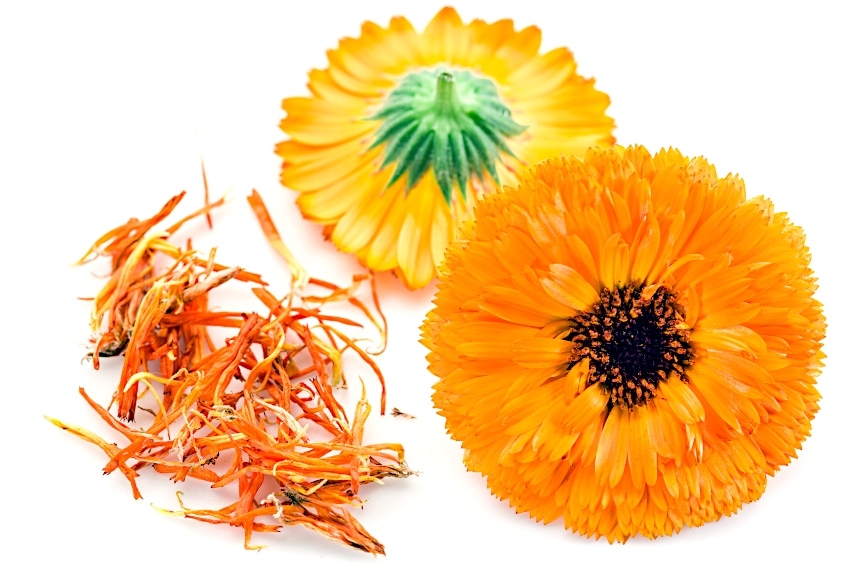
- Step One: Take a glass container and fill it with about three-quarters of dried flowers. You can use any container, although mason jars seem to work particularly well.
- Step Two: Take the carrier oil that you have chosen and pour it over the flowers until they are all completely covered. Even if you have already filled most of the jar with calendula, the oil will compress the flowers when added, so you will most likely require more oil than it might appear at first.
- Step Three: Cover the container and place it in a warm and sunny spot to stimulate the infusion process, such as a well-lit windowsill. The calendula oil infusion will need to remain there for anywhere between three weeks to a couple of months until it is ready for use.
- Step Four: The last step is to strain the infusion to remove the flowers from the oil. You can use a funnel and a piece of cheesecloth for this part of the process. Once you have poured the majority of the container’s contents into another jar, you can squeeze the cheesecloth to get out every last drop from the homemade infusion.
Using Your Homemade Calendula Oil
Your calendula oil infusion is now ready for use! Once properly stored, and depending on which carrier oil you have used, your homemade calendula oil can last from several months up to a couple of years. If you want to avoid your calendula oil going rancid, always check the shelf life of the oil you plan on using.
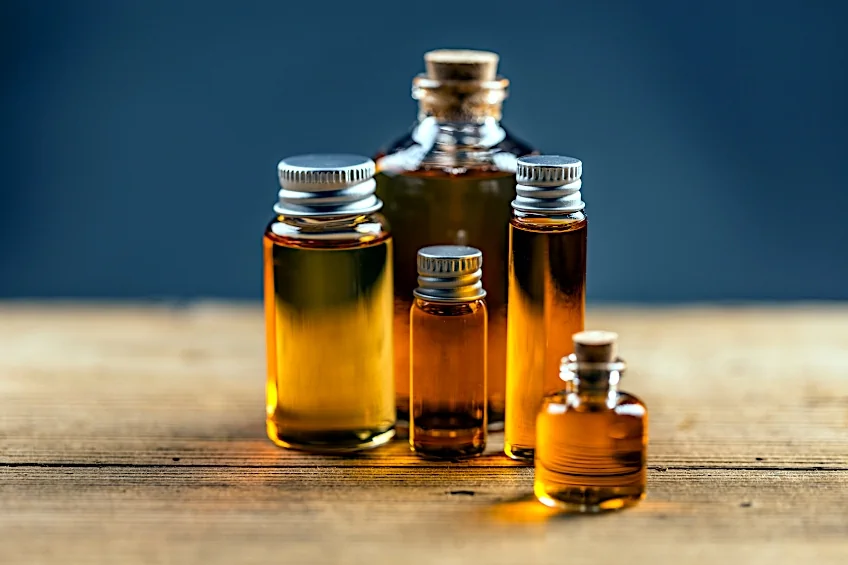
One of the most popular ways that people use their oil is for skin care and cleansing. You can apply calendula oil to your face every morning, just keep in mind that a little can go a long way. You can also use the oil as part of your face-washing routine. Simply rub in the oil for about 30 seconds before applying a warm facecloth to draw out all the toxins. The heat helps to open your skin’s pores, allowing the impurities to rise to the surface.
Its use is not exclusive to the face, though, and can be used anywhere on the body where you require moisturization.

Calendula oil is also great for the hair or beard and works specifically well if you have used coconut or argon oil as your chosen carrier. Although it is not recommended to apply it every day, it can be used as an occasional deep hydrator for your hair when needed. It is also great for removing makeup, although you should be sure to only use infusions that contain oils that are deemed safe for use close to your eyes.
Calendula oil is also great for use in food and on salads as a healthy and tasty drizzling oil. It also makes a great gift, so make sure that you make enough to give some away to friends and family on special occasions.
Learning how to make calendula oil at home is both easy and fun. There are so many ways that you can incorporate this versatile oil into your life, from your skin to your food. It is healthy and tasty, offering the body a range of vitamins and nutrients that aid in supporting your immune system and skin health. You can even improve the state of your hair and beard, or add it to your afternoon salad. It has anti-inflammatory and antibacterial properties, and can easily be grown and produced from the comfort of your own home. No matter which way you look at it, making calendula oil can only add value to your daily life.
Frequently Asked Questions
What Is Calendula Oil?
Calendula oil infusion is made when you mix the dried flowers of the calendula plant with a carrier oil. Depending on which carrier oil you use, the homemade calendula oil can then be used for a large range of both internal and external uses. If you are making calendula oil for internal use, make sure that you infuse it with a carrier oil that is intended for human consumption. Some oils will be better for your skin, while others are great for salads. It is a very versatile oil that is sure to be used in many beneficial ways in your life.
How Do I Learn How to Make Calendula Oil?
Simply by following our instructions! All you need to make your own homemade calendula oil is dried flowers and a suitable oil. Every step of the process can be done from home, from the growing and harvesting of the flowers to the infusion of the oil. Making calendula oil at home means you get to choose what goes in, unlike store-bought products which may contain many undesirable additives. You can also produce in bulk, as it is cheaper than store-bought oils and you can give some to your loved ones as gifts.
The post How to Make Calendula Oil – A Homemade Calendula Oil Recipe appeared first on Natural Herbal Living.





